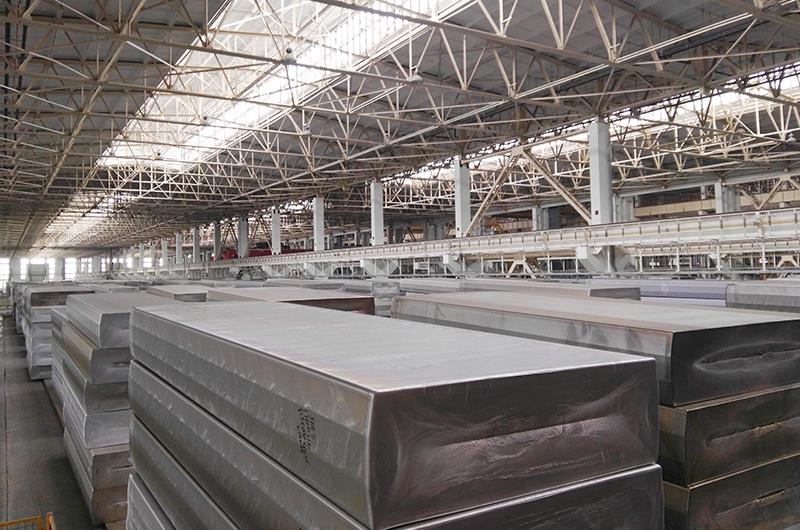NEWS
Influence of impurity elements in aluminum alloys
Writer: admin Time:2022-05-27 18:22 Browse:℃
Vanadium forms VAl11 refractory compounds in aluminum alloys, which play a role in refining grains in the melting and casting process, but less than titanium and zirconium. Vanadium also has the effect of refining the recrystallization structure and increasing the recrystallization temperature.
Calcium has a very low solid solubility in aluminum alloys, and forms CaAl4 compounds with aluminum. Calcium is a superplastic element of aluminum alloys. Aluminum alloys with about 5% calcium and 5% manganese have superplasticity. Calcium and silicon form CaSi, which is insoluble in aluminum. Since the solid solution of silicon is reduced, the electrical conductivity of industrial pure aluminum can be slightly improved. Calcium can improve the cutting performance of aluminum alloys. CaSi2 can not strengthen the heat treatment of aluminum alloys. Trace amounts of calcium are beneficial for removing hydrogen from molten aluminum.

Lead, tin, and bismuth are low-melting metals. They have little solid solubility in aluminum, which slightly reduces the strength of the alloy, but can improve the cutting performance. Bismuth expands during solidification, which is beneficial for feeding. The addition of bismuth to high magnesium alloys can prevent sodium embrittlement.
Antimony is mainly used as a modifier in cast aluminum alloys, and deformed aluminum alloys are rarely used. Sodium embrittlement is prevented by replacing bismuth only in Al-Mg wrought aluminum alloys. Antimony element is added to some Al-Zn-Mg-Cu alloys to improve the performance of hot pressing and cold pressing.
Beryllium can improve the structure of oxide film in deformed aluminum alloy and reduce burning loss and inclusion during casting. Beryllium is a toxic element that can cause allergic poisoning. Therefore, beryllium cannot be contained in aluminum alloys that come into contact with food and beverages. The content of beryllium in welding materials is usually controlled below 8μg/ml. The aluminum alloy used as the welding matrix should also control the content of beryllium.
Sodium is almost insoluble in aluminum, the maximum solid solubility is less than 0.0025%, and the melting point of sodium is low (97.8 ℃). When sodium exists in the alloy, it is adsorbed on the dendrite surface or grain boundary during the solidification process. The sodium on the surface forms a liquid adsorption layer, and when brittle cracking occurs, a NaAlSi compound is formed, no free sodium exists, and "sodium embrittlement" does not occur. When the magnesium content exceeds 2%, magnesium captures silicon and precipitates free sodium, resulting in "sodium brittleness". Therefore, high magnesium aluminum alloys are not allowed to use sodium salt flux. The method to prevent "sodium embrittlement" is the chlorination method, which makes sodium form NaCl and discharges it into the slag, and adds bismuth to form Na2Bi into the metal matrix; adding antimony to form Na3Sb or adding rare earth can also play the same role
CTP PLATES
CONTACT US
Skype: chalcoaluminum
Phone: 86 17344894490
Tel: +86-371-55689814
Email: business@chalcoaluminum.com
Add: No.89 Science Avenue,National HI-Tech Industry Development Zone,Zhengzhou,Henan





